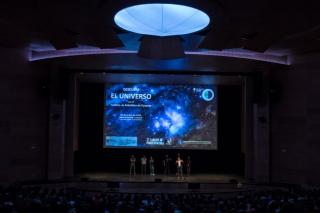
The Instituto de Astrofísica de Canarias (IAC) has been an active participant in the developement of this spectrograph which will be used for the first time on the European Extremely Large Telescope (E-ELT) and which will allow astronomers to observe, with unprecedented accuracy, distant galaxies in an era when the universo was very young. - (Technological Development Projects)
Advertised on




